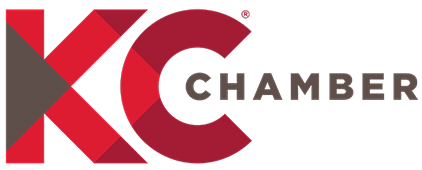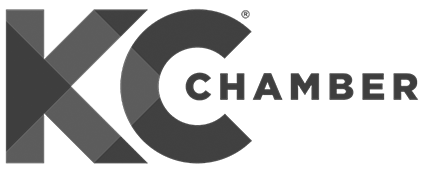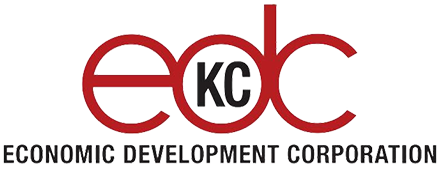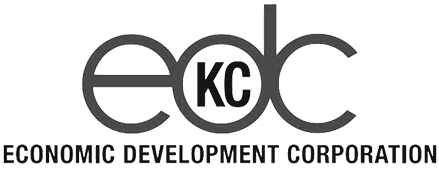Editor’s note: The opinions expressed in this commentary about workplace culture are the author’s alone. Check out a previous column by Frank Keck here.
Only 33 percent of employees are actively engaged in the workplace
51 percent are simply not engaged
16 percent are actively disengaged
— Gallup’s ‘State of the American Workplace’ study, 2017
While the U.S. numbers above are grim, Gallup’s worldwide report is even worse, revealing that a staggering 87 percent of employees worldwide are not engaged. What does this mean to organizational productivity – for example, your organization’s productivity – and what could it mean if even a fraction of these disengaged workers were given a chance to reconnect?
We’ll examine the benefits of an engaged workforce in a third column but, first, let’s look at how to start creating a culture of engagement in your organization.
Since you already have a culture – intentional or unintentional – you should recognize that any culture discussion starts with the principles of change management. And the first thing to understand is that making a change requires an understanding of why change is being made. The second thing is that change can be made easier with a roadmap.
A good “map” starts with these three steps:
- Identifying your company’s core values;
- Activating the process of bringing these values – translated into behaviors – into your workplace; and
- Continuing to practice these values and behaviors, to strengthen your organization from the inside out.
Identifying your core values starts with recognizing the things that make you unique and remarkable. This typically starts with the values of the leadership team, so it’s important that the leaders – who stand to benefit significantly, through improvements in productivity, innovative thinking, growth and much more – understand their own values, and how they affect the rest of the team.
Part of this identification process is bringing people together to create common purpose and become aware of their shared interests. This is the time to seek understanding, build trust, create synchronicity, actively listen to each other and generally get on the same page. This means looking at the total operation – from people, to processes, customers and financial goals – from a new perspective. People at all levels will discover their own personal values, and learn how they align with those of the organization as a whole.
This step is challenging, but necessary, and it almost always opens up new channels of communication for everyone in the organization. It also helps you discover your driving force – the real reason your people show up for work each day.
The second step takes this new-found knowledge further, activating your values, vision and goals by finding new ways to see your workplace, communicate more clearly, offer perspective on the value of legacy procedures, and reach people in ways that implement a more positive way of thinking.
Culture comes to life in a setting where people are noticed, heard and feel valued, and where a sense of family can be grown and developed. This phase will also unlock a great deal of creative thinking, and unleash the innovative potential of many workers.
The third step, strengthening your organization, is about encouraging new ideas and approaches, and leading change management to ‘walk the talk.’ This is the time to make daily activities more enjoyable, streamline processes to make operations run better, faster and cheaper, and empower people to make decisions and actually own their jobs. This step encourages your team to continue to build upon their new skills, with ideas and practices that maintain engagement and lead to ongoing improvement, both professionally and personally.
Also check out: “6 Essential Aspects of Workplace Culture”
Three ways to prepare for culture change
- Create a ‘safe’ workplace, where people feel as though they belong, where everyone is valued and where their coworkers want to help them succeed
- Knowing that trust is a prerequisite for high performance, demonstrate that vulnerability is okay, and that everyone – including the leaders – have moments of weakness
- Define a sense of purpose for the process of change, with a shared vision of what you want to accomplish and how that shared sense of purpose will benefit the whole team
Our third column in this series will focus on the benefits of intentional culture.
Frank Keck is founder and CEO of the Shawnee-based workplace culture development firm CoreBuild.




































